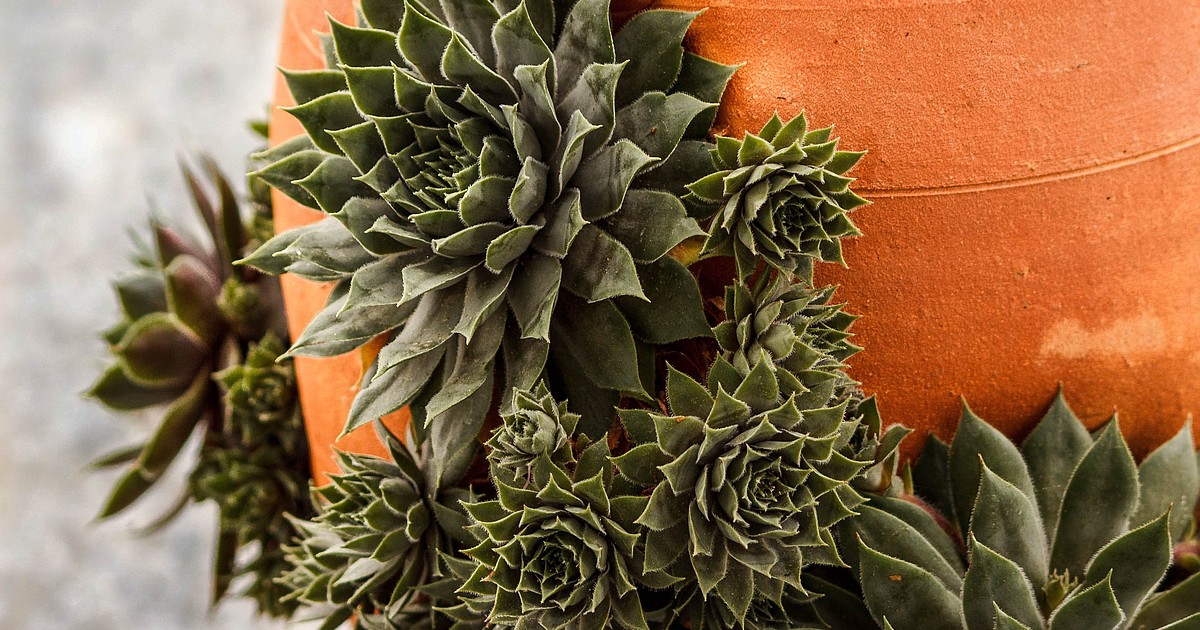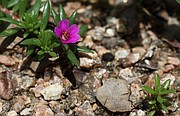
Turn that rock pile into a fabulous garden
All it usually takes to transform that pile of rocks at the edge of your assets into a stunning showpiece, is a load of soil, perhaps a small rock-rearranging, and vegetation.
First, get a seem at what you have: Sunlight, shade, or a blend moist or dry web-site drinking water close by. Then consider about your vision — what are your choices? Xeriscape (for a dry web site only), cottage, official or vintage, herbs, grasses, Potted vegetation, ornamental veggies, focal points (escalating or artifical). Think about particular person plant wants, solar, shade, fertilizer, acid, alkaline, hardiness, and seasonal treatment (winter season mulch, summer protection, watering, etc).
Now, get into the nitty-gritty or “hands-on” factors: Continuity, scale, clever repetition, sensible placement, balance/compatibility of stone and plant
Rock gardens provide a multitude of applications other than desirable landscaping. Eminently practical due to their natural hardiness, they are simple to retain (consequently preserving sizeable money), and usually appeal to much more birds and effective insects to the garden.
If you’re contemplating a natural glimpse for an present rocky web-site, consider utilizing what you now have: Glance for natural wildlife plantings these types of as small trees (Mt. Ash, Rocky Mt. maple, Quaking aspen, Juniper, etcetera.), indigenous vegetation and flowers, these types of as wild roses. Pick out your new vegetation appropriately, utilizing what is already there. A mingling of wild/indigenous and domestic plants can be stunning and successful.
A lovely woodland concept could contain Hosta, Heuchera (Coral bells), ferns (Sword, Woman, Maidenhair, and other folks, trailing vines like honeysuckle, Clematis, Dewberry (Rubus), fragile Sweet Woodruff, or most likely Vinca small (Periwinkle) evergreen and offering lush natural beauty. Intersperse with tall and lovely Monkshood, Foxglove, Larkspur, Valerian, Betony, and/or Lobelia, tucked into spaces concerning rocks. Border it all with lower growers, this sort of as Bleeding coronary heart, Columbine, Lily of the valley, primulas, dwarf Iris, bulbs of dwarf Tulips, and so forth., Forget-me-nots, and wild Violets.
Take into account seasonal coloration, layering, and a lot more. A tumble-colored golden-leaved quaking aspen (Populus tremuloides) fronted by a fantastic pink burning bush (Euonymus) or crimson-twigged osier dogwood make for glorious autumn drama.
Or take into account any of the currants (Ribes): Purple-flowering, blood currant, and so forth. All currants have lovely drooping flower clusters in shades of pink or pink, from time to time white — searching like mini-fuchsias, joined afterwards by the foliage, and then setting into the fruit which can be pink or black.
Pick your possess alternatives, looking at what you already have, then mix and match these strategies for your possess all-season natural beauty. By the way, if your rock pile is quite shut to the household, enlarge the berry plantings and consist of garden things! Clumps of parsley (also a butterfly attractant), ornamental kale, various sages, rhubarb, colorful rainbow chard, and pot-ted basil and rosemary for edible appeal. Why not take into consideration making use of wild or domestic strawberries as floor address? Share them with the birds.
If you have that uncommon (in our location) Xeriscape habitat, intersperse your rocks with clumps or pots of crops these kinds of as Sedum, succulents like Hens/chicks and Portulaca (moss rose), Snow-in-summer months, Baby’s breath, Goldenrod, brilliant purple Oriental poppies, trailing Nasturtiums, Massive grasses, Beargrass, Lavender, Heaths and Heathers — advertisement infinitum. And you considered that pile of rocks was just a pile of rocks.
And now a couple of gardening ideas and recommendations:
Bare root ‘no no’
I have usually suggested purchasing plants at spot nurseries and greenhouses. I do notice, nonetheless, that at the time in a when one thing normally takes our eye in a catalog that is potentially scarce or not available regionally.
But there are safeguards: As you’re knowledgeable by now, always examine the Zone and don’t get anything in excess of Zone 5. Zones 3 and 4 are much better however, but it’s your dime.
The second precaution is to locate out how they’re packaged. Pots are best, plugs acceptable, but bare-root is a real threat, particularly in smaller sized vegetation. A lot of yrs back, I foolishly purchased a Ligularia from a well-recognized yard, not knowing it would be shipped bare-root.
The wispy, fragile minimal dried issue that was despatched to me never experienced a prospect. I moistened it properly, direct-planted it the place I desired it (in loaded loam/potting soil combine), and tended it thoroughly — but it never ever received around the shock. It experienced almost certainly been pulled
from its heat, sunlight-drenched S. Carolina soil, by no means anticipating to be replanted in cold North Idaho disorders and that is the conclude of the tale.
Blunders, I consider, are what make us superior gardeners. Famous English gardener Gertrude Jekyll, quoted in a smaller compendium of articles from her a lot of books (”The Gardener’s Critical Gertrude Jekyll’), owed considerably of her backyard garden style good results to obtaining started her vocation as an artist.
Gardens as paintings
At any time following, she stated she prepared her gardens as “paintings.” She looked at every room, “saw” the garden in her head, drew the structure on paper, then decided wherever the assortment of colors and shapes she required experienced to be positioned to complement each individual other.
In all her “schemes” — whether or not little, personal areas retreats fantastic, flowing florascapes, or lengthy borders (at which she excelled), she began with that initial move, then chosen the right plants for the individual ecosystem and floor structure, with a great deal imagined also provided to ongoing bloom and shade by way of the seasons. That, of training course, is what we ornamental gardeners test to do, and her efforts provide to encourage and train us what to glimpse for.
But there is yet an additional threat: As we artfully draw and “name” our plant circles on our butcher paper, striving for a thorough pattern, we have to be mindful not to make a contrived, synthetic, or analyzed look. Feel of the natural hodgepodge of mother nature, strengthen on it with a tiny guidance, but strive for a pleasing combine of shape, complementary colour, and textures that sign up for with each other in a grouping that seems like they’re all “where they belong.”
Miss Jekyll was equipped to achieve this achievement but admitted it was a when in coming. The want to produce a perfect canvas with no flaws has no place in nature, in which surprises routinely materialize. When a clump of Eryngium (Sea Holly) appeared out of nowhere, she was nonplussed and aggravated at initial, but then recognized that it experienced insinuated alone in which it “wanted to be”
and it was a type of revelation for her.
She not only left it in which it was, but started to use comparable “surprises” of her have on situation — popping an unmatching one ruffled Hollyhock amid artfully arranged lavenders and lilies, for instance, or a splash of white Shasta daisies batting their yellow eyes at a sober yellow-flowered Santolina.
But it will have to be only when because when people today commence expecting it, it’s no more time unique. Also, Overlook Jekyll used these unusual little flirtations in a serendipitous — somewhat than surprising — fashion. Her full gardening credo was often harmony.
(Editor’s observe: For quite a few several years, Valle Novak has created gardening and cooking columns for the Day-to-day Bee. “Weekend Gardener” and “Country Chef” turned renowned for their humor, details, and popular feeling tips on how to do everything from planting to cooking. Although she just lately retired, she has shared a variety of columns to delight her several enthusiasts. This is a single these column and was originally printed on February 2010.)


